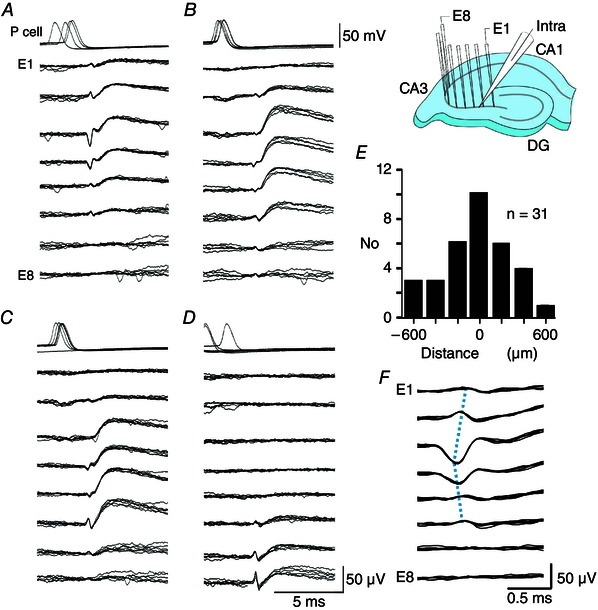Figure 5. Single pyramidal cells induce firing in multiple interneurones .

A to D, single action potentials of the same CA3 pyramidal cell initiated four spatially distinct combinations of an extracellular spike followed by a field IPSP. Overlays of six traces for pyramidal cell potential and extracellular potentials at eight sites in the stratum pyramidale (inset, E1–E8, electrode separation 200 μm). All sets of traces are aligned on the largest extracellular spike. Spikes were detected at three to six sites and fIPSPs were recorded by three to seven electrodes. In total, 436 action potentials of this pyramidal cell triggered 90 fIPSPs, 130 events intermediate between fIPSPs and SPWs, and 178 SPWs, and 38 spikes elicited no response. A, the largest spike amplitude was ∼55 μV on E3 (13 of 90 initiated fIPSPs). B, the largest spike was ∼25 μV on E4 (18 of 90 fIPSPs). C, the largest spike was ∼40 μV on E6 (43 of 90 fIPSPs). D, the largest spike amplitude was ∼55 μV on E8, (16 of 90 fIPSPs). E, distance between the initiating pyramidal cell and the site of the maximal extracellular spike (n = 31 spikes of amplitude >20 μV; duration <0.6 ms, initiated by 10 pyramidal cells). F, enlarged extracellular spikes from (A), detected over distances of 4–800 μm, suggest that interneurone axonal action potentials may propagate at ∼1 mm ms–1 (blue dotted lines aligned to spike peaks).
